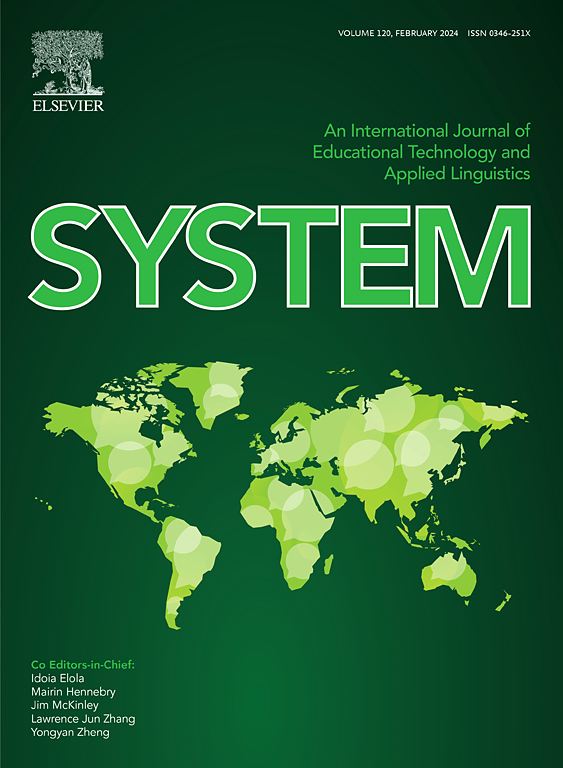Five glutathione S-transferase isozymes played crucial role in the detoxification of aflatoxin B1 in chicken liver
IF 6.5
1区 农林科学
Q1 Agricultural and Biological Sciences
引用次数: 0
Abstract
AFB1-8,9-exo-epoxide (AFBO) is the highly toxic product of Aflatoxin B1 (AFB1). Glutathione S-transferases (GSTs) play pivotal roles in detoxifying AFB1 by catalyzing the conjugation of AFBO with glutathione (GSH). Although there are over 20 GST isozymes that have been identified in chicken, GST isozymes involved in the detoxification process of AFB1 have not been identified yet. The objective of this study was to determine which GST isozymes played key role in detoxification of AFB1. A total of 17 pcDNA3.1(+)-GST isozyme plasmids were constructed and the GST isozyme genes were overexpressed by 80–2,500,000 folds in the chicken Leghorn male hepatoma (LMH) cells. Compared to the AFB1 treatment, overexpression of GSTA2X, GSTA3, GSTT1L, GSTZ1-1, and GSTZ1-2 increased the cell viability by 6.5%–17.0% in LMH cells. Moreover, overexpression of five GST isozymes reduced the release of lactate dehydrogenase and reactive oxygen species by 8.8%–64.4%, and 57.2%–77.6%, respectively, as well as enhanced the production AFBO-GSH by 15.8%–19.6%, thus mitigating DNA damage induced by AFB1. After comprehensive evaluation of various indicators, GSTA2X displayed the best detoxification effects against AFB1. GSTA2X was expressed in Pichia pastoris X-33 and its enzymatic properties for catalyzing the conjugation of AFBO with GSH showed that the optimum temperature and pH were 20–25 °C and 7.6–8.6 as well as the enzymatic kinetic parameter Vmax was 0.23 nmol/min/mg and the Michaelis constant was 86.05 μmol/L with the AFB1 as substrate. In conclusion, GSTA2X, GSTA3, GSTT1L, GSTZ1-1, and GSTZ1-2 played key roles in AFB1 detoxification, which will provide new remediation strategies to prevent aflatoxicosis in chickens.5种谷胱甘肽s -转移酶同工酶在鸡肝脏黄曲霉毒素B1的脱毒过程中起重要作用
AFB1-8,9-外环氧化物(AFBO)是黄曲霉毒素B1 (AFB1)的剧毒产物。谷胱甘肽s -转移酶(GSTs)通过催化AFBO与谷胱甘肽(GSH)结合,在解毒AFB1中发挥关键作用。虽然在鸡中已经鉴定出超过20种GST同工酶,但尚未鉴定出参与AFB1解毒过程的GST同工酶。本研究的目的是确定哪些GST同工酶在AFB1解毒中起关键作用。共构建了17个pcDNA3.1(+)-GST同工酶质粒,GST同工酶基因在鸡Leghorn雄性肝癌(LMH)细胞中过表达80 ~ 250万倍。与AFB1处理相比,过表达GSTA2X、GSTA3、GSTT1L、GSTZ1-1和GSTZ1-2可使LMH细胞的细胞活力提高6.5% ~ 17.0%。此外,5种GST同工酶的过表达使乳酸脱氢酶和活性氧的释放分别减少8.8% ~ 64.4%和57.2% ~ 77.6%,使AFBO-GSH的产生增加15.8% ~ 19.6%,从而减轻了AFB1诱导的DNA损伤。综合评价各项指标,GSTA2X对AFB1的解毒效果最好。GSTA2X在毕赤酵母X-33中表达,其催化GSH与AFBO结合的酶学性质表明,以AFB1为底物,酶学动力学参数Vmax为0.23 nmol/min/mg, Michaelis常数为86.05 μmol/L,最适温度为20 ~ 25℃,最适pH为7.6 ~ 8.6。综上所述,GSTA2X、GSTA3、GSTT1L、GSTZ1-1和GSTZ1-2在AFB1脱毒过程中起关键作用,这将为预防鸡黄曲霉中毒提供新的修复策略。
本文章由计算机程序翻译,如有差异,请以英文原文为准。
求助全文
约1分钟内获得全文
求助全文
来源期刊

Journal of Animal Science and Biotechnology
AGRICULTURE, DAIRY & ANIMAL SCIENCE-
CiteScore
9.90
自引率
2.90%
发文量
822
审稿时长
17 weeks
期刊介绍:
Journal of Animal Science and Biotechnology is an open access, peer-reviewed journal that encompasses all aspects of animal science and biotechnology. That includes domestic animal production, animal genetics and breeding, animal reproduction and physiology, animal nutrition and biochemistry, feed processing technology and bioevaluation, animal biotechnology, and meat science.
 求助内容:
求助内容: 应助结果提醒方式:
应助结果提醒方式:


